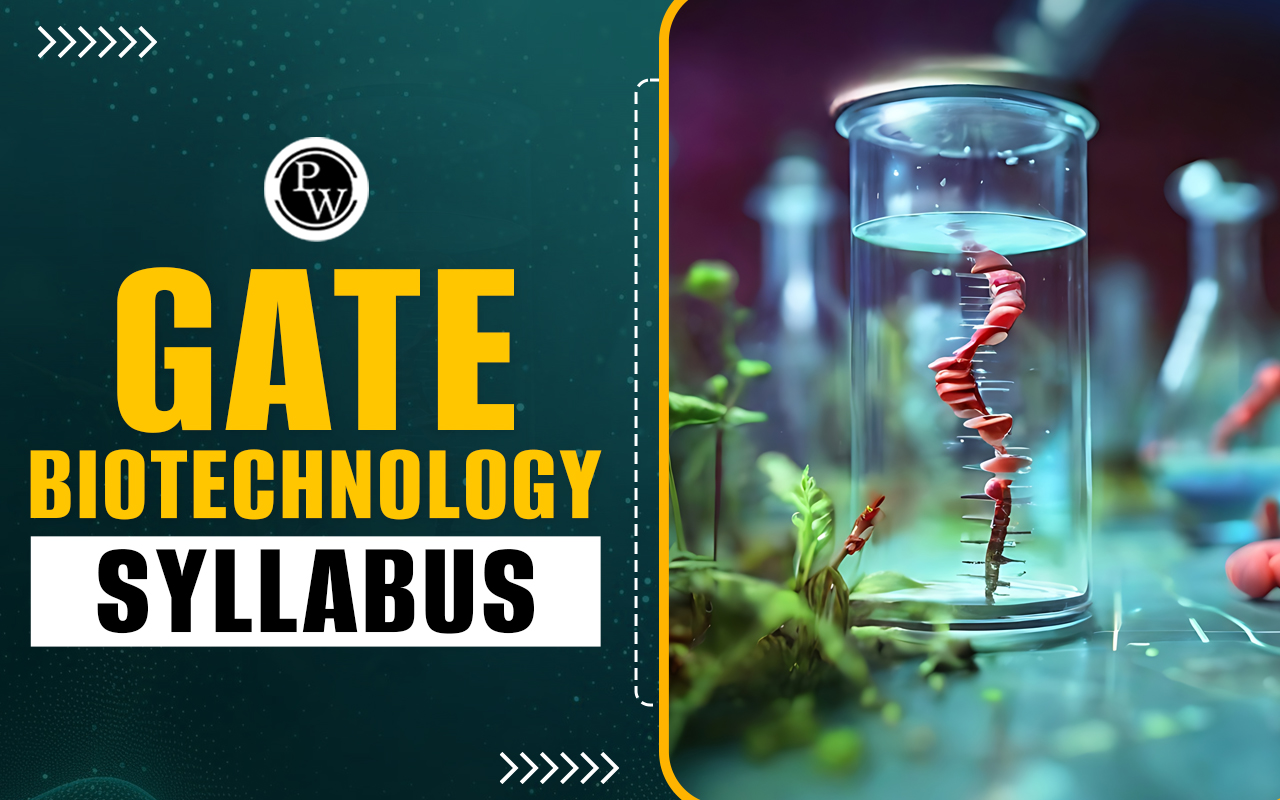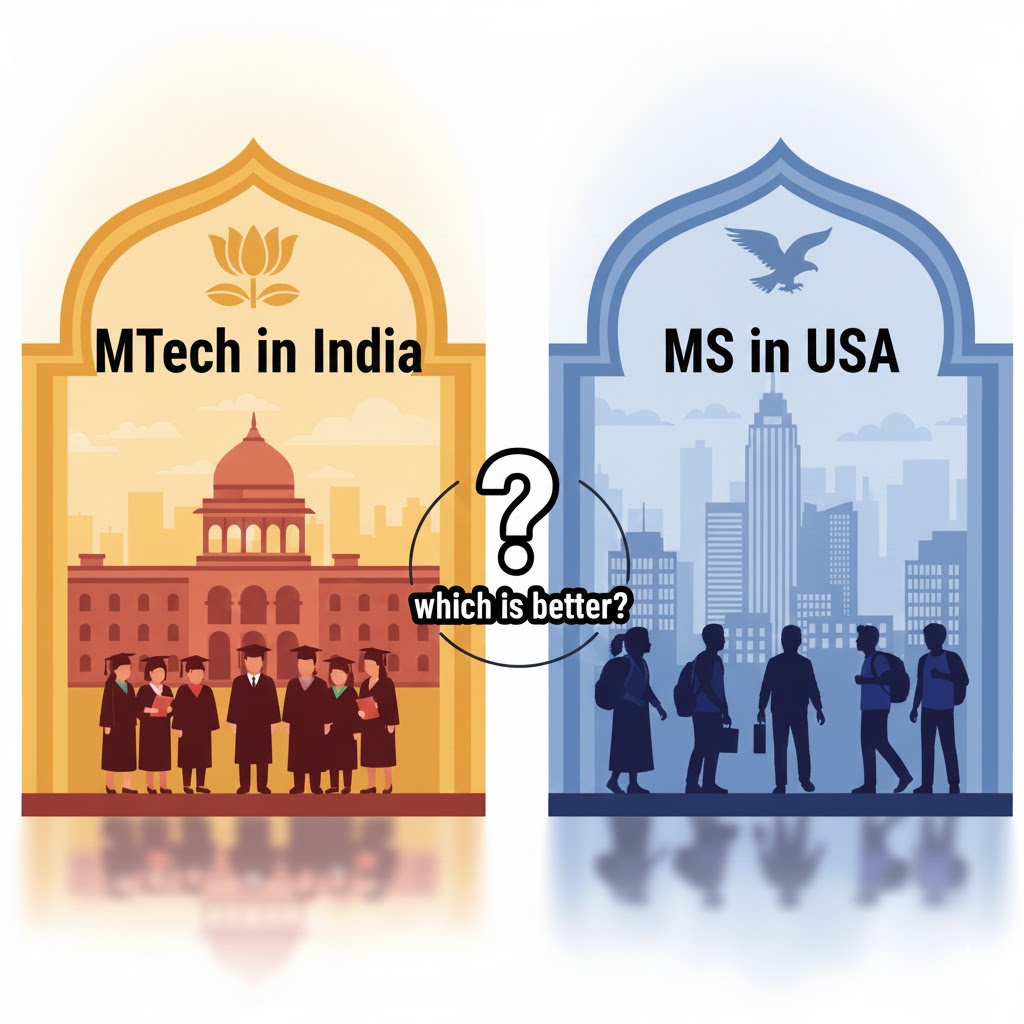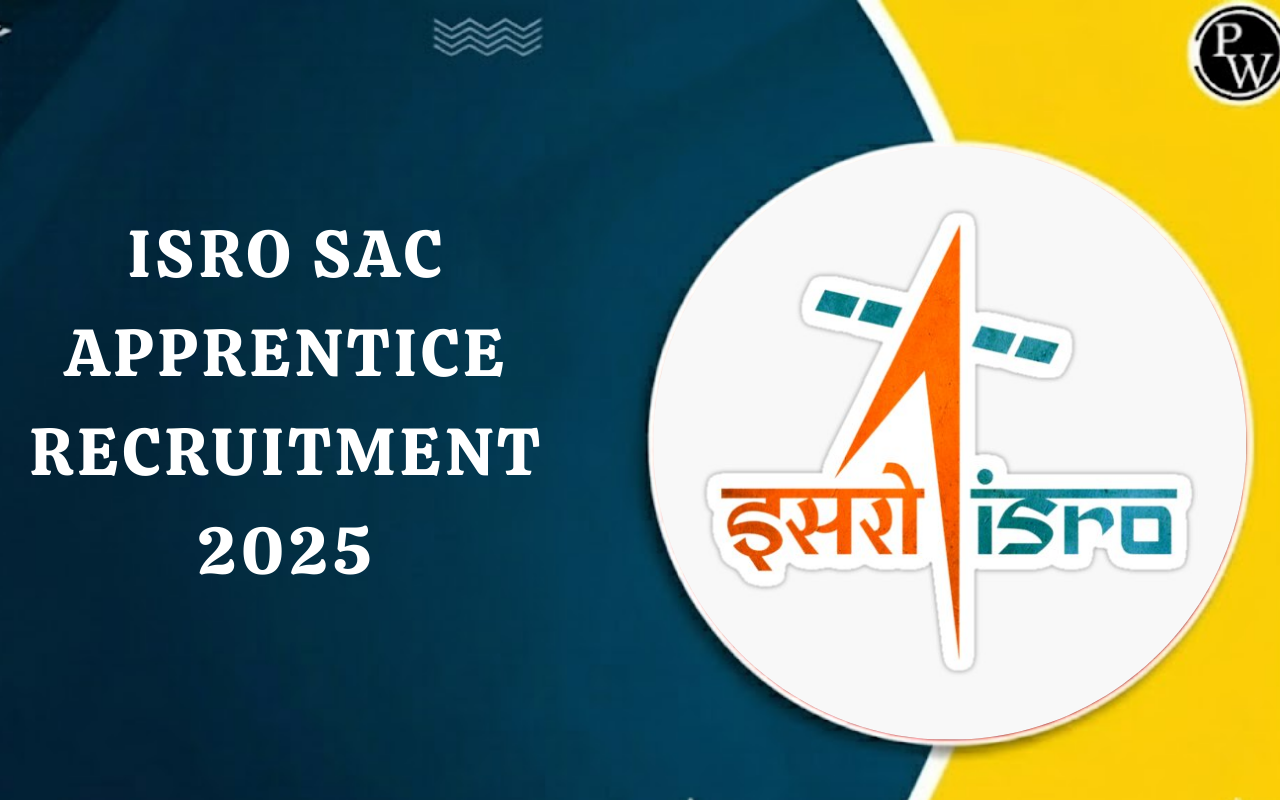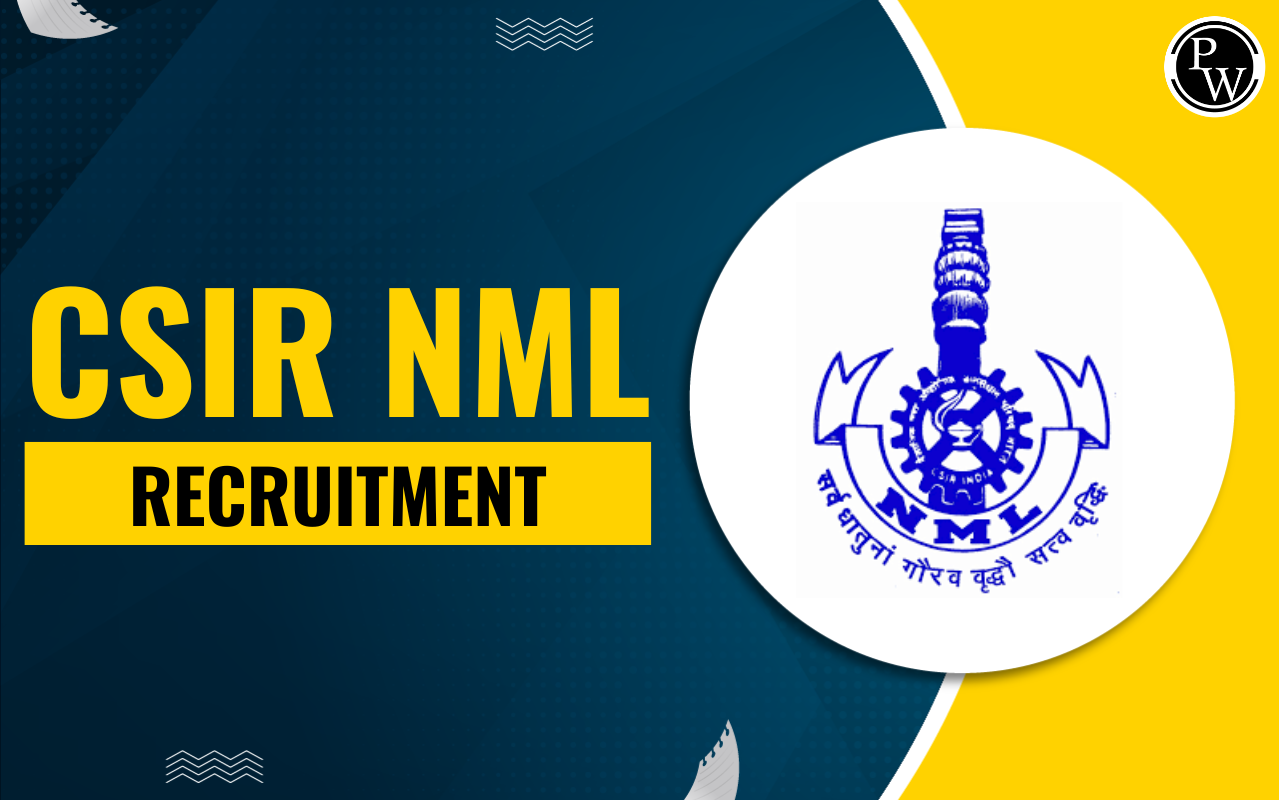

GATE Biotechnology Syllabus 2026: The Indian Institute of Technology, Guwahati will conduct the Graduate Aptitude Test In Engineering in the forthcoming year 2026. The GATE 2026 will be organized for 30 various branches including Biotechnology. Candidates who wish to ace this examination with a significant score must have an in-depth understanding of the GATE Biotechnology Syllabus 2026.
The syllabus consists of an array of topics from which questions will be raised in the examination. The conducting institute will release the official GATE BT Syllabus 2026 in PDF format at gate.iitg.ac.in. Those who wish to commence their preparation for this upcoming exam must prepare a structured study plan as per the syllabus.
Knowing the detailed GATE Syllabus for Biotechnology is crucial for aspirants to develop effective strategies for preparation. Here is the the topic-wise breakdown of comprehensive GATE BT Syllabus for 2026 is provided for aspirants.
GATE Biotechnology Syllabus 2026
The GATE Biotechnology Syllabus consists of two sections, i.e. Engineering Mathematics and Core Subjects included in the graduation level. The syllabus usually includes a range of biotechnology subjects to assess the candidate's understanding of core concepts and problem-solving abilities.
Aspirants are suggested to follow the entire syllabus to prepare in an organized manner. The GATE Biotechnology Syllabus includes topics such as engineering mathematics, biochemistry, microbiology, molecular and cell biology, and engineering principles applied to biological systems, among others.
GATE Biotechnology Syllabus 2026 PDF
The GATE syllabus for Biotechnology consists of seven sections, which are Engineering Mathematics, General Biology, Genetics, Cellular and Molecular Biology, Fundamentals of Biological Engineering, Bioprocess Engineering and Process Biotechnology, Plant, Animal and Microbial Biotechnology, Recombinant DNA technology and Other Tools in Biotechnology.
Candidates can download the GATE Biotechnology Syllabus 2026 PDF by clicking the direct link mentioned here.
GATE Biotechnology Syllabus 2026 PDF
GATE Biotechnology Syllabus 2026 for Engineering Mathematics
The Engineering Mathematics section included in the GATE Biotechnology Syllabus 2026 is one of the common sections shared across the majority of engineering disciplines under the GATE examination.
This section covers six main topics: Linear Algebra, Calculus, Differential Equations, Analysis of Complex Variables, Probability and Statistics, and Numerical Methods. The detailed GATE Biotechnology Syllabus 2026 for Engineering Mathematics is outlined below.
|
GATE Biotechnology Syllabus 2026 for Engineering Mathematics |
|
| Sections | Topics |
| Linear Algebra | Matrix algebra, systems of linear equations, consistency and rank, Eigenvalues, and Eigenvectors |
| Calculus | Mean value theorems, theorems of integral calculus, partial derivatives, maxima and minima, multiple integrals, Fourier series, vector identities, line, surface and volume integrals, Stokes, Gauss, and Green’s Theorems |
| Differential equations | First-order equations (linear and nonlinear), second-order linear differential equations with constant coefficients, Method of variation of parameters, Cauchy’s and Euler’s equations, Initial and boundary value problems; solution of partial differential equations: variable separable method |
| Analysis of complex variables | Analytic functions, Cauchy’s integral theorem, integral formula, Taylor’s and Laurent’s series, residue theorem, and solution of integrals |
| Probability and Statistics | Sampling theorems, conditional probability, mean, median, mode, standard deviation, and variance, random variables: discrete and continuous distributions: normal, Poisson, and binomial distributions |
| Numerical Methods | Matrix inversion, solutions of nonlinear algebraic equations, iterative methods for solving differential equations, numerical integration, regression, and correlation analysis. |
GATE Biotechnology Syllabus 2026 for Core Subjects
The core subjects of GATE Biotechnology Syllabus 2026 are Plant, Animal and Microbial Biotechnology; General Biology; Genetics, Cellular and Molecular Biology; Fundamentals of Biological Engineering; Bioprocess Engineering and Process Biotechnology; Recombinant DNA Technology; and Other Tools in Biotechnology.
Find out the important topics that lie within the six primary sections of the GATE 2026 syllabus for biotechnology, which are tabulated below for aspirants' convenience:
|
GATE Biotechnology Syllabus 2026 for Core Subjects |
|
|
Section 1: General Biology |
|
| Biochemistry | Biomolecules - structure and function; Biological membranes - structure, membrane channels and pumps, molecular motors, action potential and transport processes; Basic concepts and regulation of metabolism of carbohydrates, lipids, amino acids and nucleic acids; Photosynthesis, respiration and electron transport chain. Enzymes - Classification, catalytic and regulatory strategies; Enzyme kinetics - Michaelis-Menten equation; Enzyme inhibition - competitive, non-competitive and uncompetitive inhibition. |
| Microbiology | Bacterial classification and diversity; Microbial Ecology - microbes in marine, fresh water and terrestrial ecosystems; Microbial interactions; Viruses - structure and classification; Methods in microbiology; Microbial growth and nutrition; Nitrogen fixation; Microbial diseases and host-pathogen interactions; Antibiotics and antimicrobial resistance |
| Immunology | Innate and adaptive immunity, humoral and cell mediated immunity; Antibody structure and function; Molecular basis of antibody diversity; T cell and B cell development; Antigen-antibody reaction; Complement; Primary and secondary lymphoid organs; Major histocompatibility complex (MHC); Antigen processing and presentation; Polyclonal and monoclonal antibody; Regulation of immune response; Immune tolerance; Hypersensitivity; Autoimmunity; Graft versus host reaction; Immunization and vaccines |
|
Section 2: Genetics, Cellular and Molecular Biology |
|
| Genetics and Evolutionary Biology: | Mendelian inheritance; Gene interaction; Complementation; Linkage, recombination and chromosome mapping; Extra chromosomal inheritance; Microbial genetics - transformation, transduction and conjugation; Horizontal gene transfer and transposable elements; Chromosomal variation; Genetic disorders; Population genetics; Epigenetics; Selection and inheritance; Adaptive and neutral evolution; Genetic drift; Species and speciation. |
| Cell Biology | Prokaryotic and eukaryotic cell structure; Cell cycle and cell growth control; Cell Cell communication; Cell signaling and signal transduction; Post-translational modifications; Protein trafficking; Cell death and autophagy; Extracellular matrix. |
| Molecular Biology | Molecular structure of genes and chromosomes; Mutations and mutagenesis; Regulation of gene expression; Nucleic acid - replication, transcription, splicing, translation and their regulatory mechanisms; Non-coding and micro RNA; RNA interference; DNA damage and repair. |
|
Section 3: Fundamentals of Biological Engineering |
|
| Engineering principles applied to biological systems | Material and energy balances for reactive and non-reactive systems; Recycle, bypass and purge processes; Stoichiometry of growth and product formation; Degree of reduction, electron balance and theoretical oxygen demand. |
| Classical thermodynamics and Bioenergetics | Laws of thermodynamics; Solution thermodynamics; Phase equilibria, reaction equilibria; Ligand binding; Membrane potential; Energetics of metabolic pathways, oxidation and reduction reactions |
| Transport Processes | Newtonian and non-Newtonian fluids, fluid flow - laminar and turbulent; Mixing in bioreactors, mixing time; Molecular diffusion and film theory; Oxygen transfer and uptake in bioreactor, kLa and its measurement; Conductive and convective heat transfer, LMTD, overall heat transfer coefficient; Heat exchangers |
|
Section 4: Bioprocess Engineering and Process Biotechnology |
|
| Bioreaction Engineering | Rate law, zero and first order kinetics; Ideal reactors - batch, mixed flow and plug flow; Enzyme immobilization, diffusion effects - Thiele modulus, effectiveness factor, Damkoehler number; Kinetics of cell growth, substrate utilization and product formation; Structured and unstructured models; Batch, fed-batch and continuous processes; Microbial and enzyme reactors; Optimization and scale up |
| Upstream and Downstream Processing | Media formulation and optimization; Sterilization of air and media; Filtration - membrane filtration, ultra filtration; Centrifugation - high speed and ultra; Cell disruption; Principles of chromatography - ion exchange, gel filtration, hydrophobic interaction, affinity, GC, HPLC and FPLC; Extraction, adsorption and drying |
| Instrumentation and Process Control | Pressure, temperature and flow measurement devices; Valves; First order and second order systems; Feedback and feed forward control; Types of controllers – proportional, derivative and integral control; tuning of controllers |
|
Section 5: Plant, Animal and Microbial Biotechnology |
|
| Plants | Totipotency; Regeneration of plants; Plant growth regulators and elicitors; Tissue culture and cell suspension culture system - methodology, kinetics of growth and nutrient optimization; Production of secondary metabolites; Hairy root culture; Plant products of industrial importance; Artificial seeds; Somaclonal variation; Protoplast, protoplast fusion - somatic hybrid and cybrid; Transgenic plants - direct and indirect methods of gene transfer techniques; Selection marker and reporter gene; Plastid transformation |
| Animals | Culture media composition and growth conditions; Animal cell and tissue preservation; Anchorage and non-anchorage dependent cell culture; Kinetics of cell growth; Micro & macrocarrier culture; Hybridoma technology; Stem cell technology; Animal cloning; Transgenic animals; Knock-out and knock-in animals |
| Microbes | Production of biomass and primary/secondary metabolites - Biofuels, bioplastics, industrial enzymes, antibiotics; Large scale production and purification of recombinant proteins and metabolites; Clinical-, food- and industrial- microbiology; Screening strategies for new products |
|
Section 6: Recombinant DNA technology and Other Tools in Biotechnology |
|
| Recombinant DNA Technology | Restriction and modification enzymes; Vectors - plasmids, bacteriophage and other viral vectors, cosmids, Ti plasmid, bacterial and yeast artificial chromosomes; Expression vectors; cDNA and genomic DNA library; Gene isolation and cloning, strategies for production of recombinant proteins; Transposons and gene targeting |
| Molecular Tools | Polymerase chain reaction; DNA/RNA labelling and sequencing; Southern and northern blotting; In-situ hybridization; DNA fingerprinting, RAPD, RFLP; Site-directed mutagenesis; Gene transfer technologies; CRISPR-Cas; Biosensing and biosensors |
| Analytical Tools | Principles of microscopy - light, electron, fluorescent and confocal; Principles of spectroscopy - UV, visible, CD, IR, fluorescence, FT-IR, MS, NMR; Electrophoresis; Microarrays; Enzymatic assays; Immunoassays - ELISA, RIA, immunohistochemistry; immunoblotting; Flow cytometry; Whole genome and ChIP sequencing |
| Computational Tools | Bioinformatics resources and search tools; Sequence and structure databases; Sequence analysis - sequence file formats, scoring matrices, alignment, phylogeny; Genomics, proteomics, metabolomics; Gene prediction; Functional annotation; Secondary structure and 3D structure prediction; Knowledge discovery in biochemical databases; Metagenomics; Metabolic engineering and systems biology |
GATE Biotechnology Exam Pattern 2026
Comprehending the GATE Biotechnology exam pattern 2026 is essential for aspirants appearing for the test in the upcoming year, as it helps in understanding the pattern of questions, sectional timing, and topic-wise weightage of marks. Therefore, in addition to downloading the GATE Biotechnology Syllabus 2026 PDF, check out the key points of the BT exam pattern listed below:
- The GATE Biotechnology question paper consists of three types of questions: multiple-type questions (MCQs), multiple-select questions (MSQs), and numerical-answer type (NAT) questions.
- Applicants will be required to answer a total of 65 questions, primarily based on the GATE Biotechnology Syllabus 2026.
- The exam duration is going to be 3 hours.
- The question will be divided into two sections: engineering mathematics and core biotechnology subjects .
GATE Biotechnology Syllabus 2026 - Weightage of Sections
The GATE exam for BT will carry a total of 100 marks distributed among 65 questions based on the GATE Biotechnology Syllabus 2026. Aspirants must check the topic-wise weightage as outlined below and are recommended to include the following topics in their study plan to score well.
|
GATE BT Subject-Wise Marks Weightage |
|
| Important Topics | Expected Marks/ Weightage |
| General Aptitude | 10 |
| Engineering Mathematics | 10-15 |
| Plant and Animal Biotechnology | 15-20 |
| Bioprocess Engineering | 10-15 |
| General Biotechnology | 20-25 |
Elevate your GATE readiness with Physics Wallah’s GATE Online Courses. PW GATE Online Coaching offers comprehensive live sessions tailored to the syllabus, invaluable study materials, practice tests, and much more.
GATE Biotechnology Syllabus 2026 FAQs
Q. How can I ace my GATE 2026 Biotechnology preparation?
Q. What is the GATE Biotechnology Syllabus 2026?
Q. How can I download the GATE Biotechnology Syllabus PDF?
Q. How many sections are there in GATE BT Syllabus 2026?












